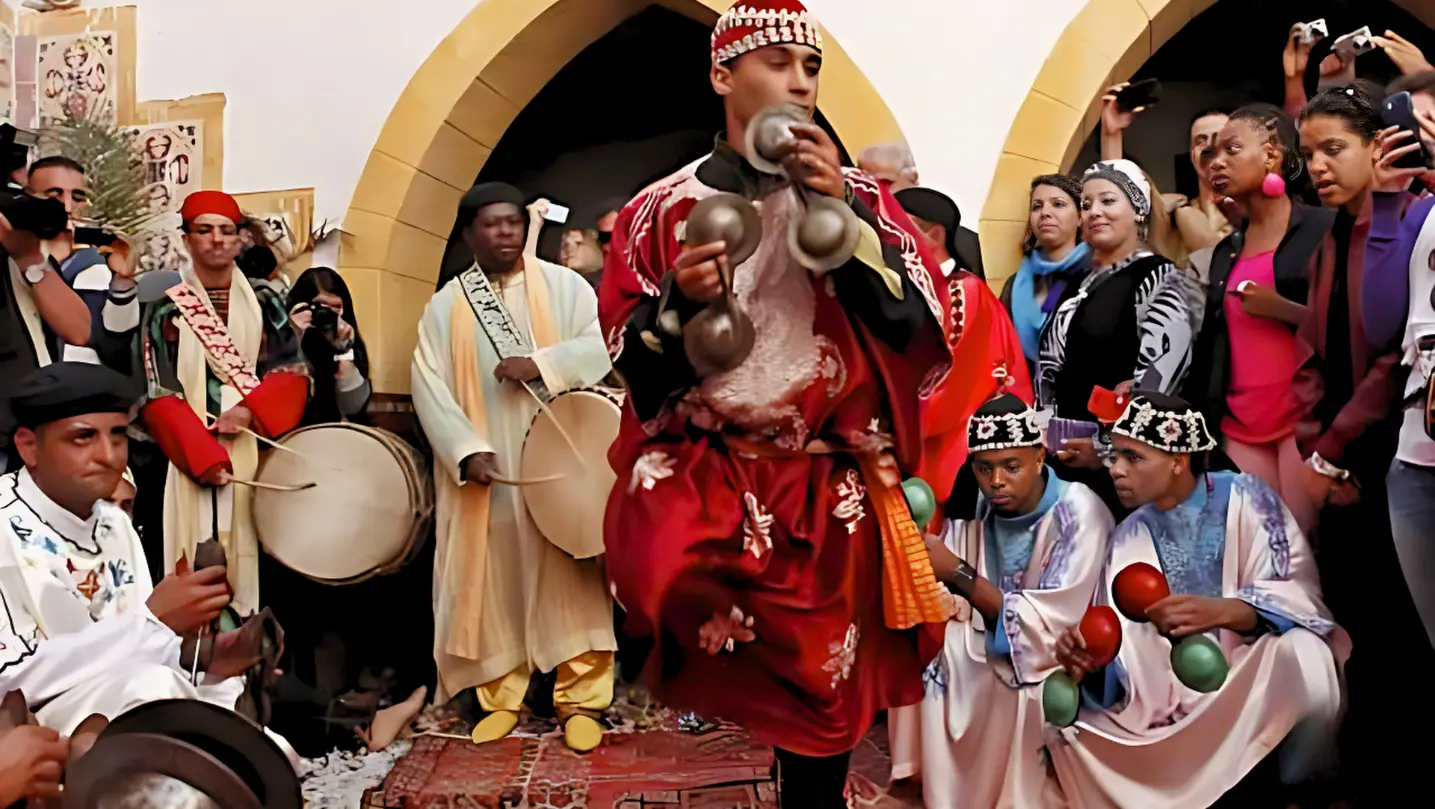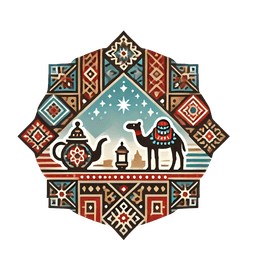- Published on
Moroccan Gnawa Music The Spiritual Healing Tradition
- Authors

- Name
- Adil ABBADI
Introduction
In the vibrant cities and ancient medinas of Morocco, a unique and mesmerizing form of music has been weaving its magic for centuries. Gnawa music, with its roots in West African, Arab, and Berber traditions, is a testament to the country's rich cultural diversity. This enchanting genre is not only a celebration of Morocco's heritage but also a powerful tool for spiritual healing and trance-like experiences. In this blog, we'll embark on a journey to explore the fascinating world of Moroccan Gnawa Music and its profound significance in the lives of the Gnawa people.
- The Origins of Gnawa Music
- Instruments and Rhythms
- Spiritual Significance and Healing
- The Maalem: The Gnawa Master Musician
- Gnawa Music in Modern Times
- Conclusion
- Experience the Magic
The Origins of Gnawa Music
Gnawa music has its roots in the transatlantic slave trade, when enslaved West Africans were brought to Morocco. These individuals, known as Gnawa, retained their cultural practices and musical traditions, which eventually merged with the local Arab and Berber influences. Over time, Gnawa music evolved into a distinctive genre, characterized by its unique blend of rhythms, melodies, and instruments.
Instruments and Rhythms
The instrumentation in Gnawa music is a defining feature of this genre. The guembri, a three-stringed bass instrument, is the backbone of Gnawa music. Alongside the guembri, the qraqeb (a pair of metal castanets) and the tbel (a large drum) create a hypnotic rhythm that induces trance-like states. The rhythmic patterns, often slow and repetitive, are designed to transport listeners to a state of spiritual ecstasy.

Spiritual Significance and Healing
Gnawa music is deeply rooted in Sufi spirituality and is believed to possess healing properties. The music is used to treat a range of ailments, from physical afflictions to emotional and psychological traumas. The repetitive rhythms and melodies are thought to summon ancestral spirits, who then guide the healing process. In Gnawa ceremonies, known as lila, the musicians, accompanied by dancers and healers, create an immersive environment that fosters spiritual connection and healing.

The Maalem: The Gnawa Master Musician
At the heart of Gnawa music lies the maalem, a master musician who serves as both a performer and a spiritual guide. The maalem is responsible for transmitting the traditional knowledge and skills of Gnawa music, ensuring the continuation of this sacred heritage. With their exceptional musical prowess and deep understanding of Sufi spirituality, the maalem leads the lila ceremony, guiding participants towards spiritual ecstasy and healing.
Gnawa Music in Modern Times
Despite its rich cultural significance, Gnawa music has faced challenges in recent years. However, thanks to the efforts of dedicated musicians, preservationists, and cultural advocates, this unique genre is experiencing a resurgence. Modern Gnawa musicians are experimenting with fusion styles, incorporating elements of rock, jazz, and electronic music into their traditional sound. This fusion has helped introduce Gnawa music to a wider audience, ensuring its continued relevance and popularity.
Conclusion
Moroccan Gnawa Music is a testament to the power of cultural diversity and the human spirit. This captivating genre has been weaving its magic for centuries, providing a platform for spiritual healing, self-expression, and community bonding. As we delve deeper into the world of Gnawa music, we are reminded of the importance of preserving our cultural heritage and the significance of music in our lives.
Experience the Magic
Embark on a sonic journey through the enchanting world of Moroccan Gnawa Music. Attend a lila ceremony, explore the traditional instruments, and let the hypnotic rhythms transport you to a state of spiritual ecstasy.
